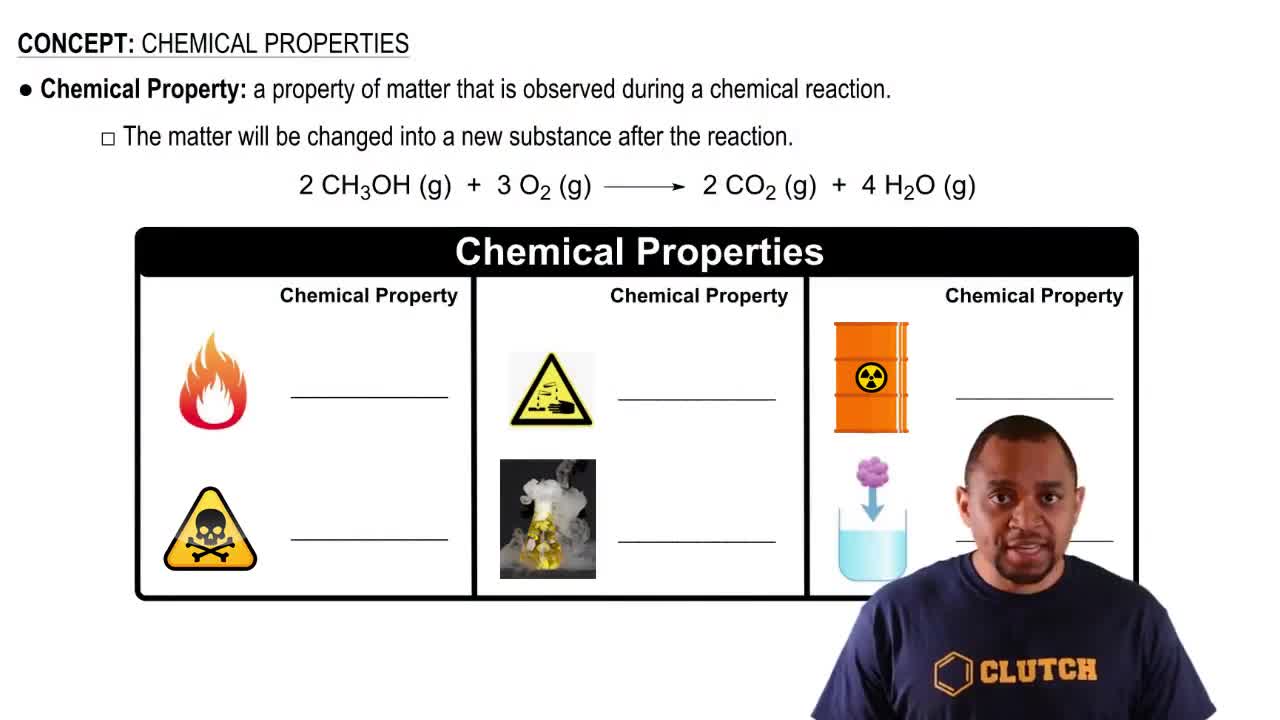Here are the essential concepts you must grasp in order to answer the question correctly.
Periodic Table Groups
Elements in the same group of the periodic table share similar chemical properties due to their similar valence electron configurations. For example, Group 1 elements, known as alkali metals, all have one electron in their outermost shell, which leads to comparable reactivity and bonding behavior.
Recommended video:
Periodic Table: Group Names
Valence Electrons
Valence electrons are the electrons in the outermost shell of an atom and play a crucial role in determining an element's chemical properties and reactivity. Elements within the same group have the same number of valence electrons, which influences how they interact with other elements and form compounds.
Recommended video:
Transition Metals Valence Electrons
Chemical Reactivity
Chemical reactivity refers to how readily an element undergoes chemical reactions, which is largely influenced by its electron configuration. Elements in the same group often exhibit similar reactivity patterns; for instance, halogens in Group 17 are highly reactive nonmetals, while noble gases in Group 18 are largely inert due to their full valence electron shells.
Recommended video:
 Verified step by step guidance
Verified step by step guidance


